What constitutes ‘progressiveness’ in architecture and design? For Luke Yeung of Thai studio Architectkidd, transcending conventional categorisations and methods is key.

January 30th, 2020
Luke Yeung (LK): ‘Progressive’ means breaking through stereotypes and conventional ways of doing things. We tend to define design as a set of dichotomies, whether it’s globalised versus local, modern versus traditional, or high technology versus low. In Asian regions, I think it is interesting to be able to bridge these dichotomies and to develop new hybrids and sensibilities – design languages that are thoroughly contemporary but retain local texture. Being able to transcend stereotypes can be culturally and socially progressive.
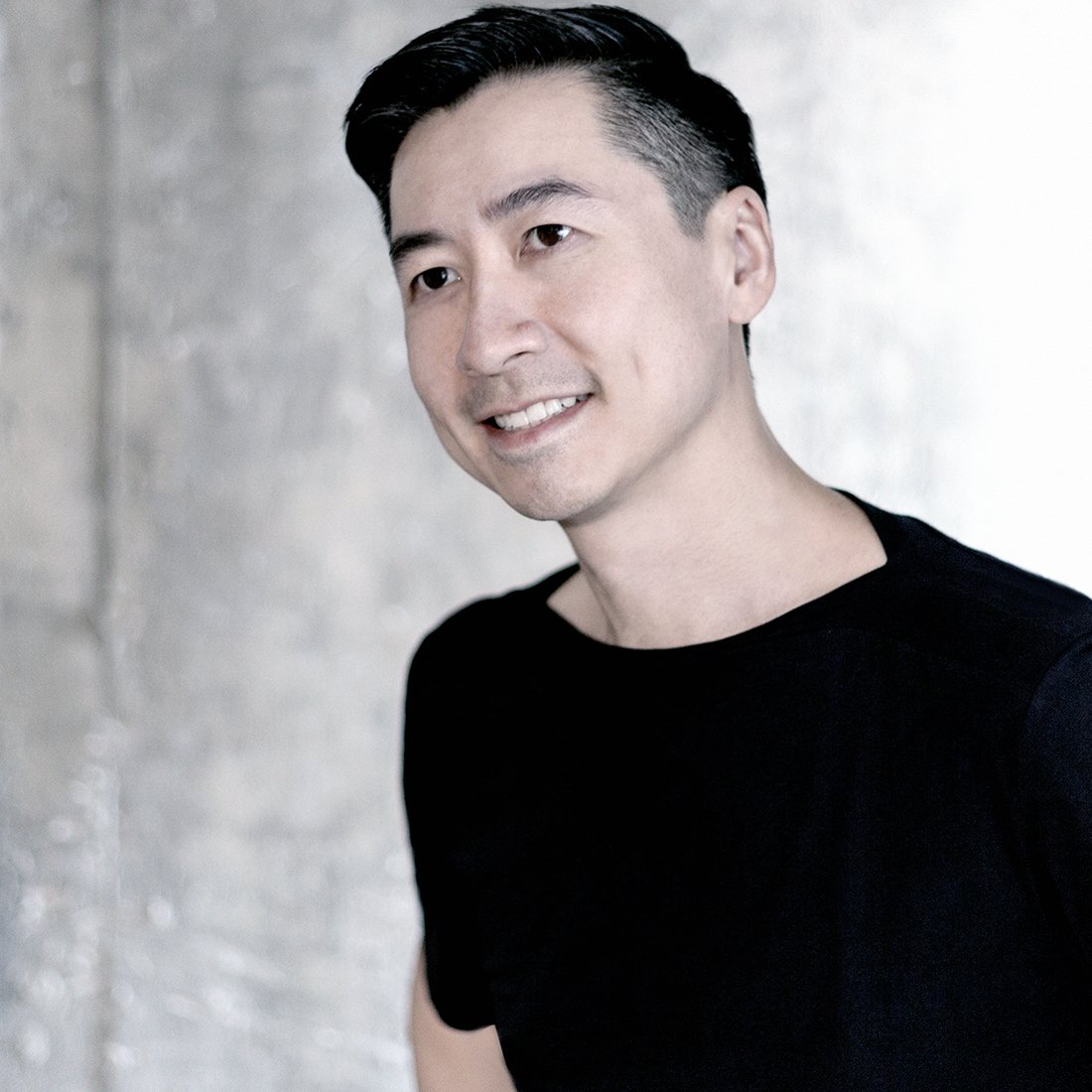
Luke Yeung
LK: The projects that stood out were the ones that were able to push beyond traditional or fixed boundaries. More than ever, programs are changing due to different lifestyles and technology, so I was interested to see new ways of adaptation and flexibility built into projects.
Particularly in Asia, significant changes to a design can often happen right after the construction finishes, so I think some of the most interesting projects were the ones that weren’t just about creating beautiful objects, but rather possessing creative ways to adapt and anticipate situations.

Megapark (Bangkok) by Architectkidd. Photo by Ketsiree Wongwan
In the past, the focus has been on the biggest building projects that grab attention with flashy gestures, but I think in the Asian region now we are seeing more efforts that focus on finer-grain issues of materiality, construction and local context. I think we need to be more sensitive as designers.
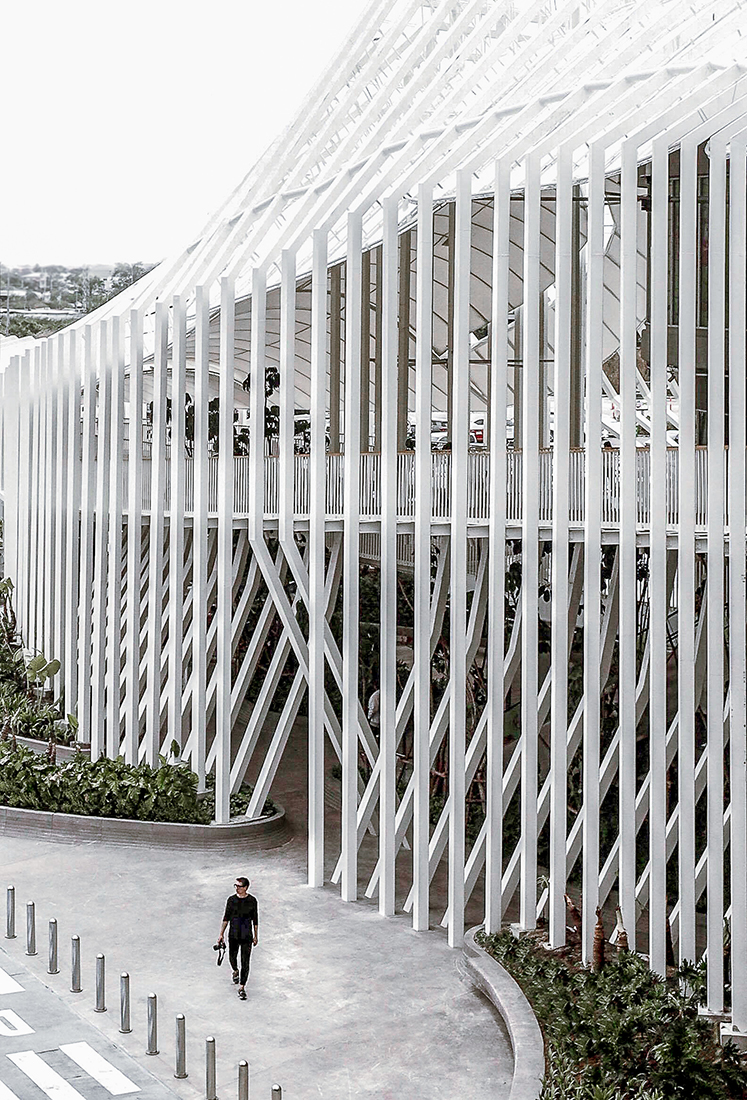
Megapark (Bangkok) by Architectkidd. Photo by Ketsiree Wongwan
I think materials can be a kind of an equaliser to bridge the gap between the high and low. The choice of materials can be one of the few things that designers can mostly control in a project. So for us, we are very interested in the materials and resources that are available within each project.
We love to be hands-on with our work and are interested in the local approaches, such as craft traditions like weaving and wood working techniques. In many Asian cities, there is an existing material culture found on the streets – a kind of make-it-from scratch way of thinking and doing things. It’s imperfect at times, but we think it’s interesting to design from this.
It also creates a dialogue with the producers and if they are receptive, they will benefit also in their development. Exploring new materials can also be a way to keep costs down while applying them in unexpected ways.
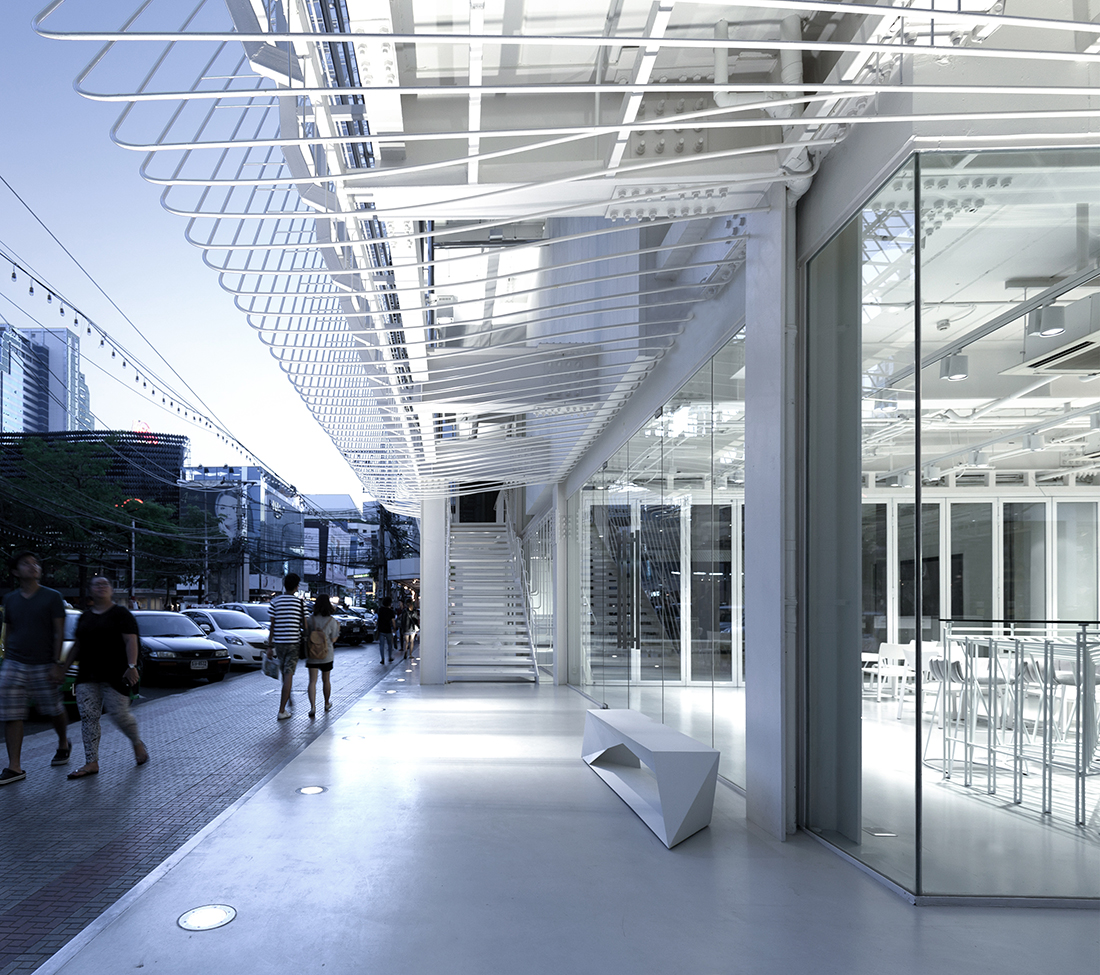
Now26 (Bangkok) by Architectkidd. Photo by Luke Yeung
I think one way to adapt to risk and corporatisation is to develop a different way to look at things. For example, I really believe that we need to look at material efficiency and construction efficiency in different ways. Building faster, cheaper or with less material isn’t going to get us anywhere in terms of developing new ideas. So I would like us to think about construction in a different way.
Maybe it’s possible to use a lot of materials, but still be efficient at the same time. Maybe we can question the idea of why, as architects, we typically have to design everything first, and then wait for the contractor to come on board, often with a completely different take on the building project.
Perhaps the contractor may have a completely different way of building that could improve the final outcome. Maybe we can question the conventional wisdom that separates the way we operate in the profession in terms of the division of labour.
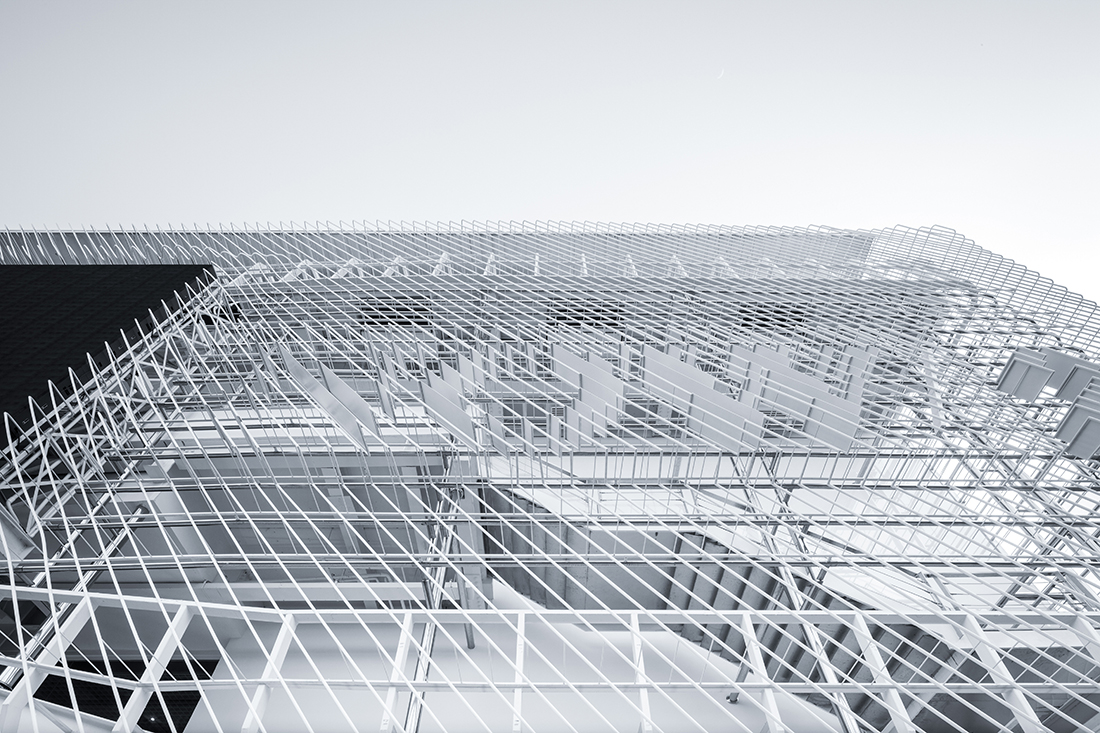
Now26 (Bangkok) by Architectkidd. Photo by Spaceshift Studio
I think as a designer, you need to be a little subversive. Creating big and bold statements rarely works these days. So maybe as designers we need to expand our ways to implement our visions – and that can range from the pre-mediated to the serendipitous.
In the design stage, this can be about opening up ideas and creating more opportunities, or showing clients new possibilities or combinations. Many things can happen on site and during construction also – even something seemingly minute can completely change or compromise the overall design.
So, I think we can try to be more observant and agile towards a wider range [of things] from the structured and systematic down to the accidental, because they all have the potential to influence design outcomes and create new physical and spatial experiences.
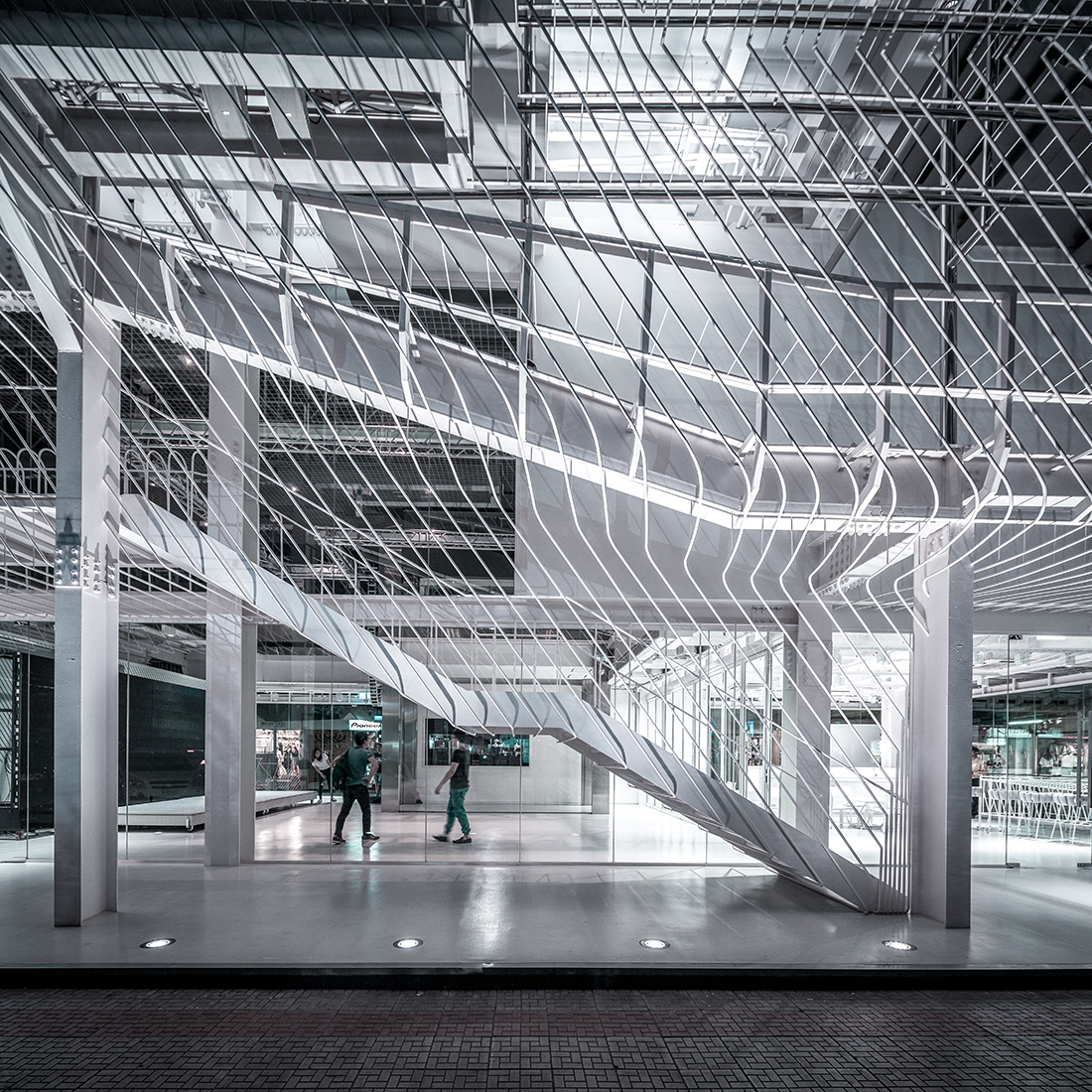
Now26 (Bangkok) by Architectkidd. Photo by Spaceshift Studio
Article originally appeared on Indesign Singapore.
INDESIGN is on instagram
Follow @indesignlive
A searchable and comprehensive guide for specifying leading products and their suppliers
Keep up to date with the latest and greatest from our industry BFF's!

For a closer look behind the creative process, watch this video interview with Sebastian Nash, where he explores the making of King Living’s textile range – from fibre choices to design intent.

Merging two hotel identities in one landmark development, Hotel Indigo and Holiday Inn Little Collins capture the spirit of Melbourne through Buchan’s narrative-driven design – elevated by GROHE’s signature craftsmanship.
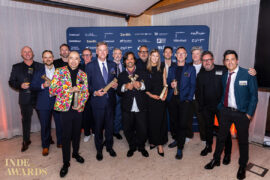
With the opening of the 2026 INDE.Awards program, now is the time to assess your projects, ensure photography is at hand and begin your submissions.

Former INDE Luminary LeAmon joins the Design Institute of Australia (DIA) following more than a decade as the inaugural Curator of Contemporary Design and Architecture at the National Gallery of Victoria (NGV).
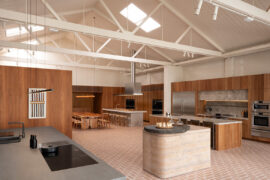
The Fisher and Paykel Melbourne Experience Centre by Clare Cousins Architects with Fisher and Paykel Design and Alt Group has been awarded The Retail Space at the INDE.Awards 2025. As a winning project, it redefines the possibilities of retail architecture by creating an immersive, material rich environment shaped by place, culture and craft.
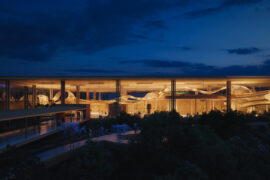
Recognised as winners at the INDE.Awards 2025, Enter Projects Asia in collaboration with SOM have received The Influencer award. Their work on Terminal 2 Kempegowda International Airport Interiors redefines the aesthetics of airport design through a monumental expression of biophilia, sustainability and craftsmanship.
The internet never sleeps! Here's the stuff you might have missed
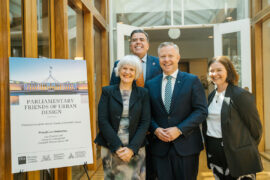
The Parliamentary Friends reconvened at Parliament House, uniting political and professional leaders to champion architecture and design.

Making a splash on the hair spa scene, the latest project from X + O makes a little slice of Japan right at home in suburban Melbourne.